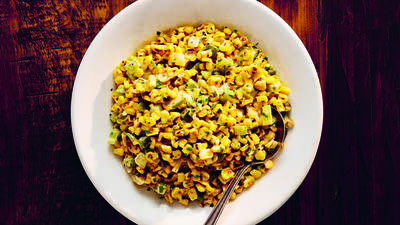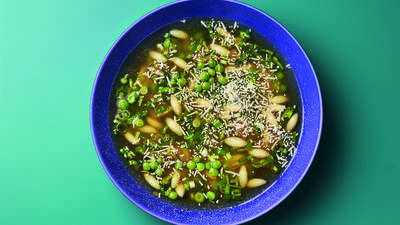
Virgilio Martinez is just your average former skateboarding champ and law student who became a master of Peruvian cuisine. Noelle Carter talks to him about his new cookbook, Lima.
Noelle Carter: Virgilio, your cookbook, Lima, is such a beautiful cookbook. I love how you write in the introduction that the dishes in the cookbook are not about traditional Peruvian cuisine, but flavors and memories from a contemporary perspective.
 Lima
Lima
Virgilio Martinez: It's important to acknowledge that modern cuisine has to be somehow inspired by our heritage, the Inca's food, so we maintain our classical dishes like ceviches, causas, anticuchos, which are the dishes that we’re serving in the restaurant here in London.
But we do a little twist to adapt to different palates. We are cooking for many, many people in the world, so things have to change; our recipes have to change.
NC: For so many chefs, food is about a sense of place, and the cuisine is defined by the local terroir. How does your cooking in Peru vary from cooking in London, and how do the seasons and availability of local ingredients influence your cooking at each of the restaurants?
VM: They work differently. What I do in Peru is a food based on diversity, and we use 100% Peruvian products. Of course we cannot do that here in London, so we probably use 15% Peruvian products and the rest are coming from Europe and the U.K.
NC: One of the things I found most fascinating is when we think of ceviche, we may often think of it as being a fish-based dish. But I love that you include all of these alternative vegetable options. Baby corn ceviche, zucchini, and carrot. You even have a quinoa ceviche with avocado. How did you come up with these recipes?
 Pan de Cilantro y Cebolla Morada (Cilantro and Red Onion Bread)
Pan de Cilantro y Cebolla Morada (Cilantro and Red Onion Bread)
VM: It's very classic to do a ceviche with fish. But nowadays, since we have some issues with fish and are eating more vegetables, we are looking for new ingredients. We came up with the idea of using the tiger's milk, which is a liquid that marinates the fish. That liquid is a mix of celery, ginger, garlic, onions, lime juice, coriander, chili peppers, and ice, so it's actually a juice. That is going to marinate the fish.
Then we came up with the idea of using the same tiger's milk to dress asparagus, quinoa, and avocados. So we’re now doing the vegetarian ceviches. We do ceviches with fruits. It goes beyond the fish.
NC: You’ve written about food not being the first passion in your life. You were a national skateboarding champion, then you studied law, and then you got into cooking. What was it that sparked your interest in cooking?
VM: I've always cooked, but I didn't know I was going to become a chef. I had no idea about restaurants, but when I used to do the skateboarding, I was cooking at home. I was seeing my grandmother cooking. Then I dropped out of law school because of my passion for cooking.
I think it all made sense when I started to travel and I went to Singapore, Madrid, New York, and London. As cooks, we have to travel to understand different cultures, to see people, to see food, to understand flavors, and ingredients. I think these always a message for young chefs that when you travel the world, never forget where you come from. I was always traveling as a Peruvian guy, as a Peruvian cook. So when I came back to Peru, I had all this discipline, all this knowledge, and I can do that with my cuisine. Using local ingredients, but with a very global way of thinking.
 Arroz Chaufa Vegetal (Vegetable Chaufa Rice)
Arroz Chaufa Vegetal (Vegetable Chaufa Rice)
Before you go...
Each week, The Splendid Table brings you stories that expand your world view, inspire you to try something new, and show how food connects us all. We rely on your generous support. For as little as $5 a month, you can have a lasting impact on The Splendid Table. And, when you donate, you’ll join a community of like-minded individuals who love good food, good conversation, and kitchen companionship. Show your love for The Splendid Table with a gift today.
Thank you for your support.
Donate today for as little as $5.00 a month. Your gift only takes a few minutes and has a lasting impact on The Splendid Table and you'll be welcomed into The Splendid Table Co-op.




